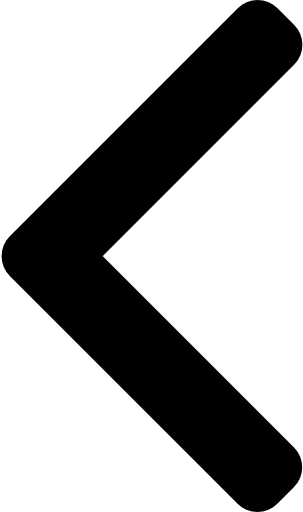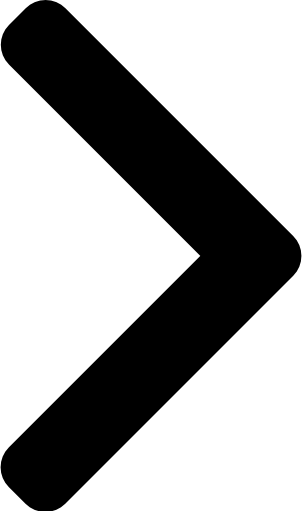Dialog
Views (176)
 Hossein.K
Hossein.K
This method builds a dialog and initializes the fields that will be used to capture
data from the user. These variables can be automatically initialized with the same
data selected in the last run.
Typically, developers initialize the dialog object by a call to super() and then add
fields and other controls, afterward. The dialog() method for this example has the
following contents.
Visual elements are added to the dialog design using the add*() methods on the
Dialog object. This code first adds one field of type CustAccount, and references
the custAccount variable (the value of which will be used as the default for the
field, if it has a value). Then, a group is added to the design, with a caption
"Period". The two fields added after that will be included in the just created
group (by default). These two fields also reference class variables, and include a
third text parameter to override the label on the fields.
When the dialog is rendered, it will appear as follows.

Best Regards,
Hossein Karimi
data from the user. These variables can be automatically initialized with the same
data selected in the last run.
Typically, developers initialize the dialog object by a call to super() and then add
fields and other controls, afterward. The dialog() method for this example has the
following contents.
1 | protected Object dialog() |
Visual elements are added to the dialog design using the add*() methods on the
Dialog object. This code first adds one field of type CustAccount, and references
the custAccount variable (the value of which will be used as the default for the
field, if it has a value). Then, a group is added to the design, with a caption
"Period". The two fields added after that will be included in the just created
group (by default). These two fields also reference class variables, and include a
third text parameter to override the label on the fields.
When the dialog is rendered, it will appear as follows.

Best Regards,
Hossein Karimi




 Like
Like Report
Report
*This post is locked for comments